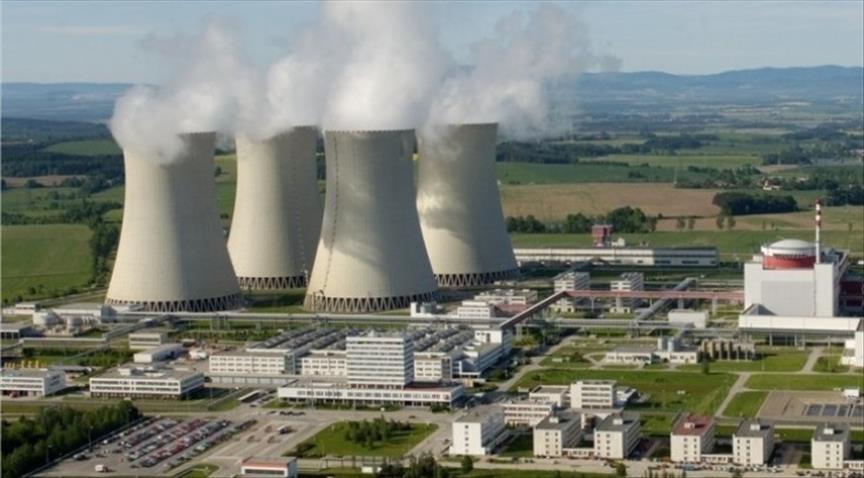Global nuclear capacity is expected to grow further from the current 449 operating nuclear reactors in 31 countries, based on data from the International Atomic Energy Agency (IAEA), the U.S. Energy Information Administration (EIA) said Monday.
The total installed nuclear energy capacity globally is more than 390,000 megawatts (MW), according to the EIA's daily report published Tuesday.
According to IAEA data, there are 60 reactors under construction globally that will have a total capacity of 59,917 MW when operational.
The highest future capacity will be installed in China with 20,500 MW from 20 reactors.
Russia ranks second with a total capacity of 5,468 MW in seven reactors followed by the United Arab Emirates in third place with 5,380 MW of capacity in four reactors.
"The largest nuclear plant in the United States, the Palo Verde plant near Phoenix, Arizona, ranks as the ninth-largest operating nuclear plant in the world and has the highest capacity factor among large nuclear plants," EIA stated.
The list of the largest nuclear plants has changed in recent years. Three plants in Japan, each with a generating capacity of more than 4,000 MW, were suspended from operation following the accident at Fukushima Daiichi.
The EIA'S report noted that China is adding large nuclear plants. The Hongyanhe plant near Dalian, China, had a capacity of 3,183 MW at the end of 2015. However, with the startup of another 1,000 MW reactor in 2016, the plant's capacity now totals 4,183 MW, with another two reactors under construction.
Japan’s 7,965 MW Kashiwazaki-Kariwa plants, the Bruce Nuclear Generating Station, located on Lake Huron in Ontario, Canada, is currently the world’s largest operating nuclear power plant, according to the EIA.
The Bruce station has eight reactors, configured as two separate facilities operating four reactor units each, and has a combined installed capacity of 6,274 MW.
By Gulsen Cagatay
Anadolu Agency
gulsen.cagatay@aa.com.tr


